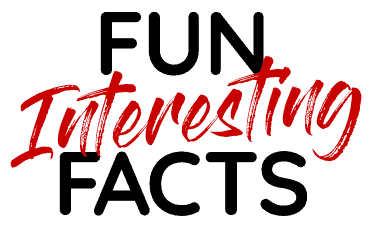Tucked away in the heart of South America, Paraguay remains one of the most mysterious and least-visited countries on the continent. Yet behind the modest facade lies a land brimming with fascinating natural wonders, rich indigenous culture, and quirky claims to fame waiting to be uncovered.
Get ready to explore the most entertaining Paraguay fun facts that unveil the real character of this charming country. From a ruthless dictator to a beautiful waterfall system, Paraguay offers up surprises around every corner.
#1 – Paraguay is the only country in the Americas that has an official language that is not English, French, or Spanish.
The majority of Paraguayans speak Spanish, but the country’s official language is actually Guarani. This indigenous South American language was spoken in Paraguay before colonization by the Spanish. It blends native vocabulary with some Spanish influences. Only a few other countries worldwide have a native language as their official tongue.
#2 – The Chaco region covers 60% of Paraguay’s land but only 2% of the population lives there.
Paraguay consists of two main regions split by the Paraguay River. The eastern side is humid and forested while the western Chaco area is a hot, semi-arid plain. Despite occupying most of Paraguay’s territory, the sparsely populated Chaco is home to only about 2% of the population. Most Paraguayans live in cities in the eastern region.

#3 – Paraguay fun facts: Peso bills have braille-like features for the blind.
Paraguay’s currency, the guaraní, honors the nation’s visually impaired citizens in a unique way. Each paper bill has a tactile feature in one corner that enables blind people to determine the denomination by touch. Bills increase in size with value, but the bumps add another way to distinguish them. Paraguay is the only country to have braille-like markings on all its paper currency.
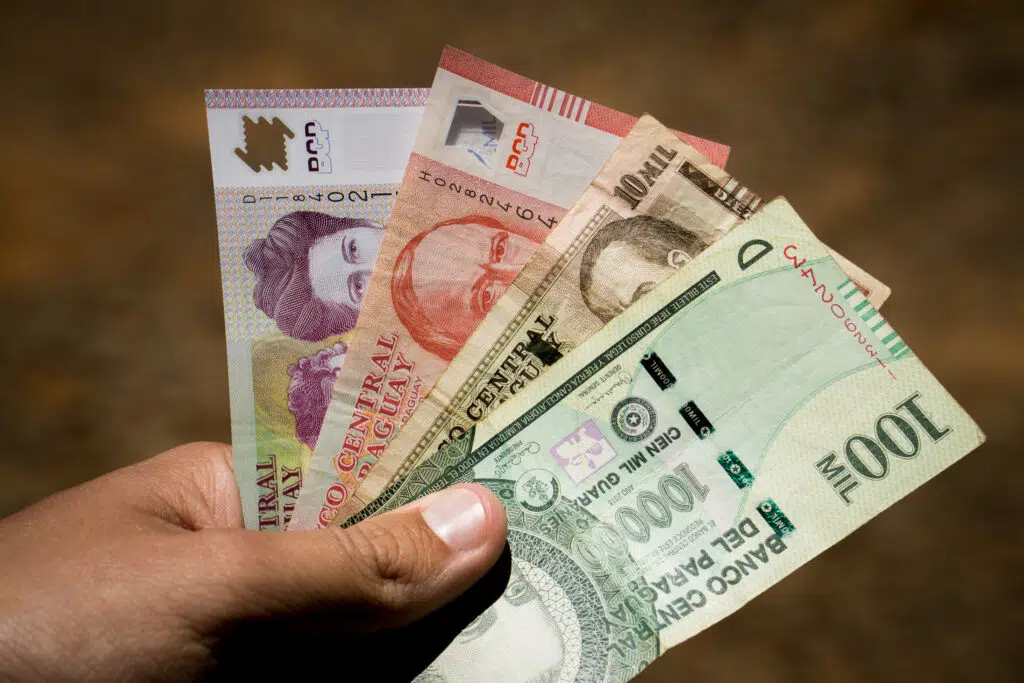
#4 Paraguay has a double-sided national flag.
Unlike most other countries in the world, Paraguay’s flag has different emblems on each side. On one side is the national coat of arms which features a star, a palm branch, and an olive branch. On the other side, there’s a seal of the treasury which depicts a lion guarding a staff, and a Phrygian cap, a symbol of liberty. It’s based on the French flag and was adopted around 1842.

#4 – Paraguay has access to Iguazu Falls through its border with Argentina.
Iguazu Falls is a huge waterfall system that straddles the border between Argentina and Brazil. And Paraguay has access to some parts of it through its border with Argentina on the Paraná River. The falls are incredibly beautiful with parts being even bigger than Niagara Falls. It’s one of the most treasured natural wonders of the world and attracts visitors from all around the world.

#5 – Alfredo Stroessner was the dictator of Paraguay from 1954 to 1989.
For over three decades, Paraguay lived under the oppressive rule of General Alfredo Stroessner. He suppressed dissent, controlled the press, and intimidated opponents for 35 years after seizing power in a military coup. He was re-elected seven times in fraudulent elections. As one of South America’s longest-ruling dictators, he consolidated total authority and dissolved Paraguay’s democracy. He also bizarrely loved playing the chromatic harp and hosted harp concerts at his residence. Unfortunately, the harp did not prevent him from committing human rights violations and other atrocities.
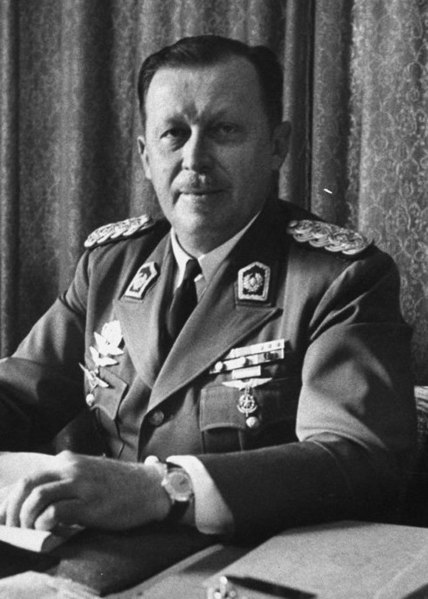
#6 – Paraguay fun facts: Lago Ypoá is Paraguay’s only natural lake.
Most assume the massive Paraguay River would contain some scenic lakes along its banks. Yet nearly all the lakes in Paraguay are actually man-made reservoirs. Lago Ypoá, located 56 miles outside Asunción, is the country’s only natural lake and a popular nature getaway. The crystal waters contain over 100 islands created by rising water levels.

#7 – Paraguay is home to the world’s largest water reserve.
Deep beneath the earth in Paraguay lies one of the world’s largest sources of freshwater – the Guarani Aquifer. This underground reservoir sprawls beneath roughly 463,000 square miles (1.2 million square kilometers) of land in Paraguay, Brazil, Uruguay, and Argentina. Named after the Guarani people, this aquifer contains an estimated 37 trillion gallons of water. For perspective, that’s over 15 times the volume of water in Lake Mead, America’s largest reservoir.
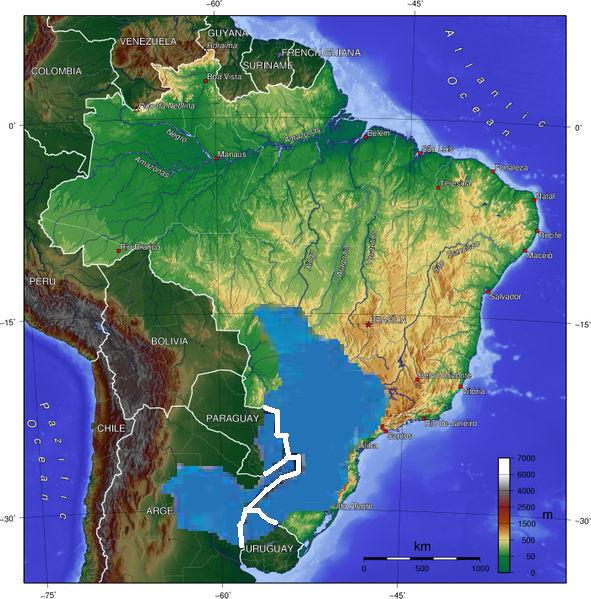
#7 – Paraguay experiences a high rate of meteorite strikes.
An example of Paraguay fun facts that you probably didn’t know: Paraguay experiences a high rate of meteorite strikes due to its location in South America’s Meteorite Belt. People have discovered over 20 meteorites weighing more than 220 lbs in Paraguay, mostly in the Campo del Cielo region, where a large iron meteorite broke up and created a crater field about 4,000 years ago. Surprisingly, sales of hard hats have not increased one bit.
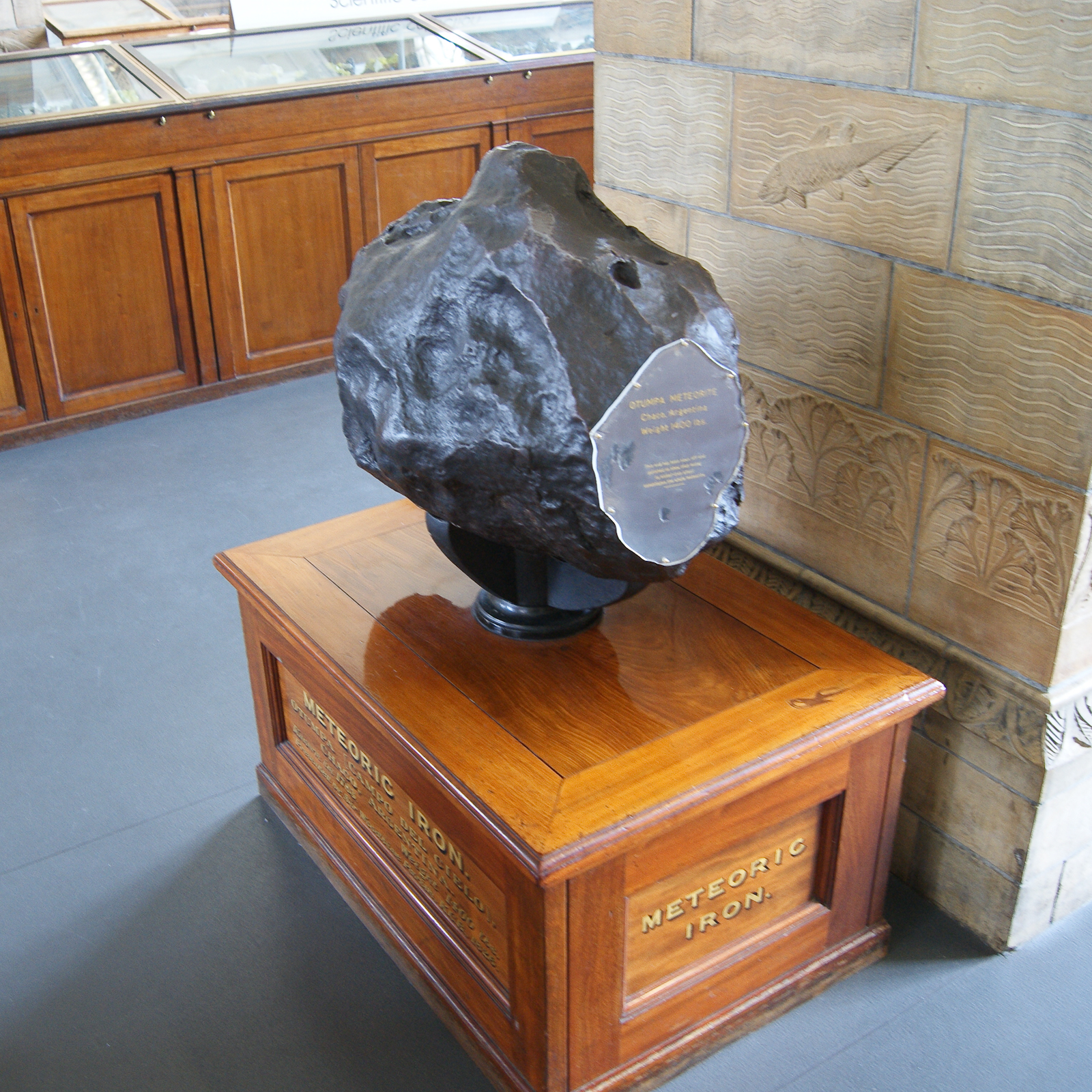
#8 – The Jesuit Missions in Paraguay provide a glimpse of a utopian society.
From 1607 to 1767, Jesuit missionaries founded about 30 mission villages in Paraguay as part of their evangelical work. These settlements aimed to convert indigenous Guarani people and also shelter them from Spanish slave traders. They became organized, self-sufficient communities guided by Jesuit ideals. The ruins of several missions now comprise a UNESCO World Heritage Site.
#9 – Paraguay fun facts: It is the world’s 4th largest exporter of soybeans.
You may associate Paraguay more with tea, tobacco, and beef production. But soy actually makes up 9% of their total exports. Huge industrial farms cultivate millions of tons of soybeans. However, soy expansion has also led to massive deforestation as forests are cleared for cropland to meet global demand. The growth of “green deserts” to grow animal feed threatens biodiversity.
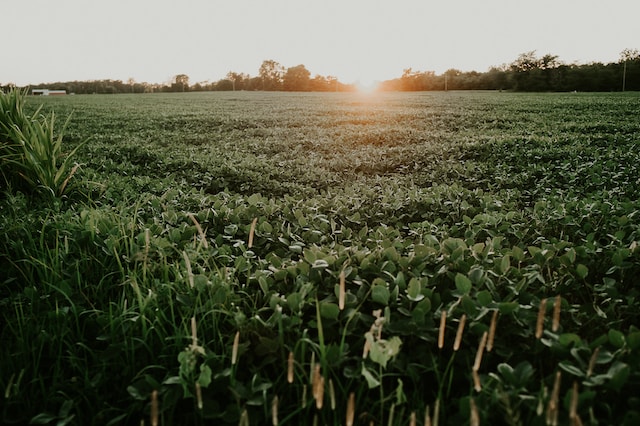
#10 – The capital and largest city is Asunción, founded in 1537.
Asunción is one of the oldest cities in South America. It was founded by Spanish explorer Juan de Salazar in 1537 and later became the capital of the Spanish colonial province of Paraguay. After independence in the early 1800s, Asunción remained the capital of the new nation. Today over 2.5 million people live in the metro area.
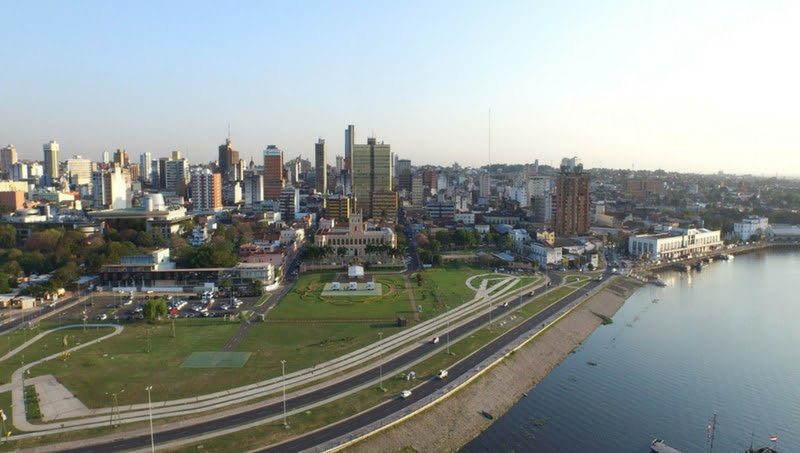
#11 – About 95% of Paraguay’s electricity comes from hydropower.
Abundant rivers allow Paraguay to tap its vast hydropower potential. Major dams like Itaipu and Yacyretá produce enough electricity for Paraguay’s needs and leave plenty for exporting to neighboring countries. On average, only 5% of the nation’s power comes from fossil fuels. However, droughts occasionally strain electricity capacity.
#12 – Paraguay has the largest navy of any landlocked country in the world.
Well, this is awkward. Even though Paraguay has no access to the sea, the country still maintains a naval force of about 2,000 people and 34 ships, which include tugboats, patrol boats, and transport boats. They mainly operate on the Paraguay and Paraná rivers with are used exclusively for trade and security. If you’re into Paraguay fun facts, this one is quite unique!

#13 – Paraguay has a tradition of making black clay folk-art chickens.
You read that right. Black clay folk-art chickens. How, you might ask? Well, meet Fermina Benitezs – the lady of 100,000 chickens. She’s now 70, but back when she was a teenager she started making unique clay chickens using a special technique that involves burning cow dung to create the black color. She’s made well over 100,000 chickens in her lifetime and sells them around town. They are now considered a symbol of Paraguayan culture and art!
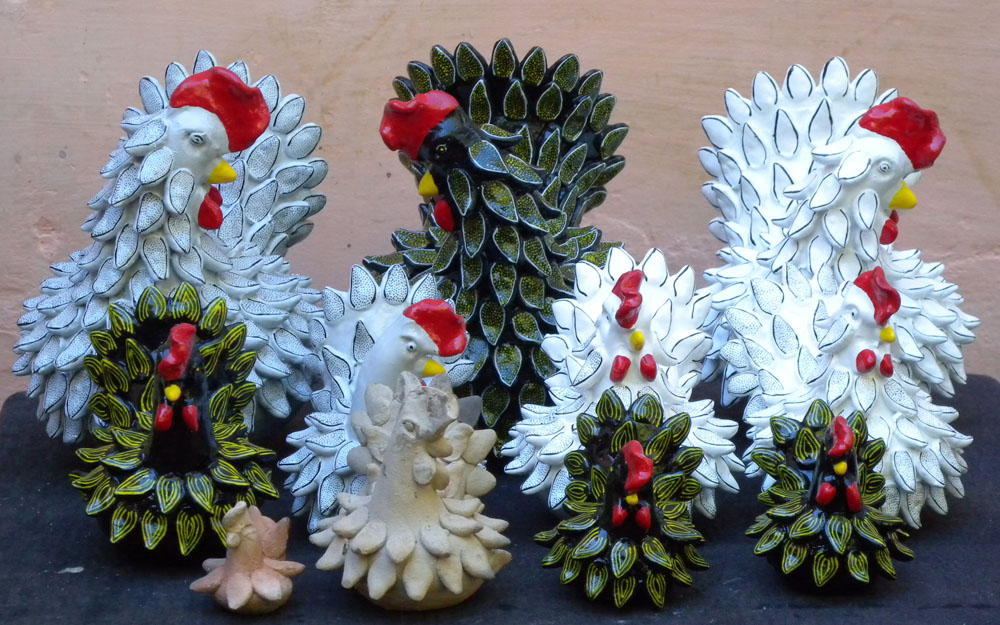
Paraguay fun facts: Wrap-Up
From majestic waterfalls to local art, Paraguay offers amazing sights, history, and culture. And it has way more to offer visitors than they might expect. Though this South American country flies under the radar, it’s actually chock-full of surprises waiting to be uncovered if you just dig a little deeper.
You’ll find a vivid culture, legendary landscapes, and no shortage of memorable discoveries in this captivating country that has far more depth than meets the eye. Paraguay will reward those with an open mind and a sense of curiosity.
